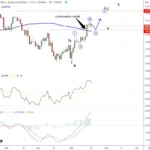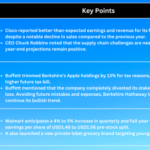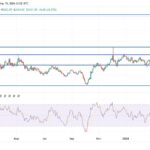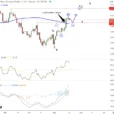
Extreme volatility and downward pressure have brought the price of crude, as tracked by the United States Oil Fund LP ETF (NYSE Arca: USO), down more than 40% over the past six months.
At the same time, we’ve seen remarkable economic and technological developments in the price, availability, and usage of alternative and renewable energy sources like solar, wind, geothermal, and even nuclear.
But oil still tends to dictate terms for energy prices across the board – not because it’s the driving force it used to be for actual energy usage, but from the way it’s traded.
This complicated relationship can make the overall energy picture cloudy and tough for regular investors to navigate. And that can add up to lost profits and opportunities.
So here’s the clarity you need to make money in oil and energy investing in the coming year…
Crude Still Matters… But Not How You Think
Crude maintains its outsize role in a shifting energy matrix because of the way futures contracts are traded. The extremely high liquidity of crude futures translates into what is still the single largest source of profits (and volatility) in the energy market.
That positioning turns the oil situation into a ready-made central focus for the 30-second daily soundbites in the media. Oil still is portrayed as the driving force for the entire energy sector.
But… that portrayal is wearing thin. We have already benefitted from positive moves among renewables, energy efficiency providers, new fuels, and even alternative power producers. All of which testifies to the expanding opportunities available for some nice moves in other energy companies moving forward.
Nonetheless, given the visibility afforded oil and the likelihood that such a position will remain for a bit, these are the important elements I am seeing in oil prices as 2016 rolls out.
First, Saudi Arabia will be loosening the Organization of Petroleum Exporting Countries’ (OPEC) strategy to maintain and increase production levels. This has been the element depressing prices since Thanksgiving 2014, when OPEC took the decision to protect market share by maintaining volume, thereby reducing prices.















